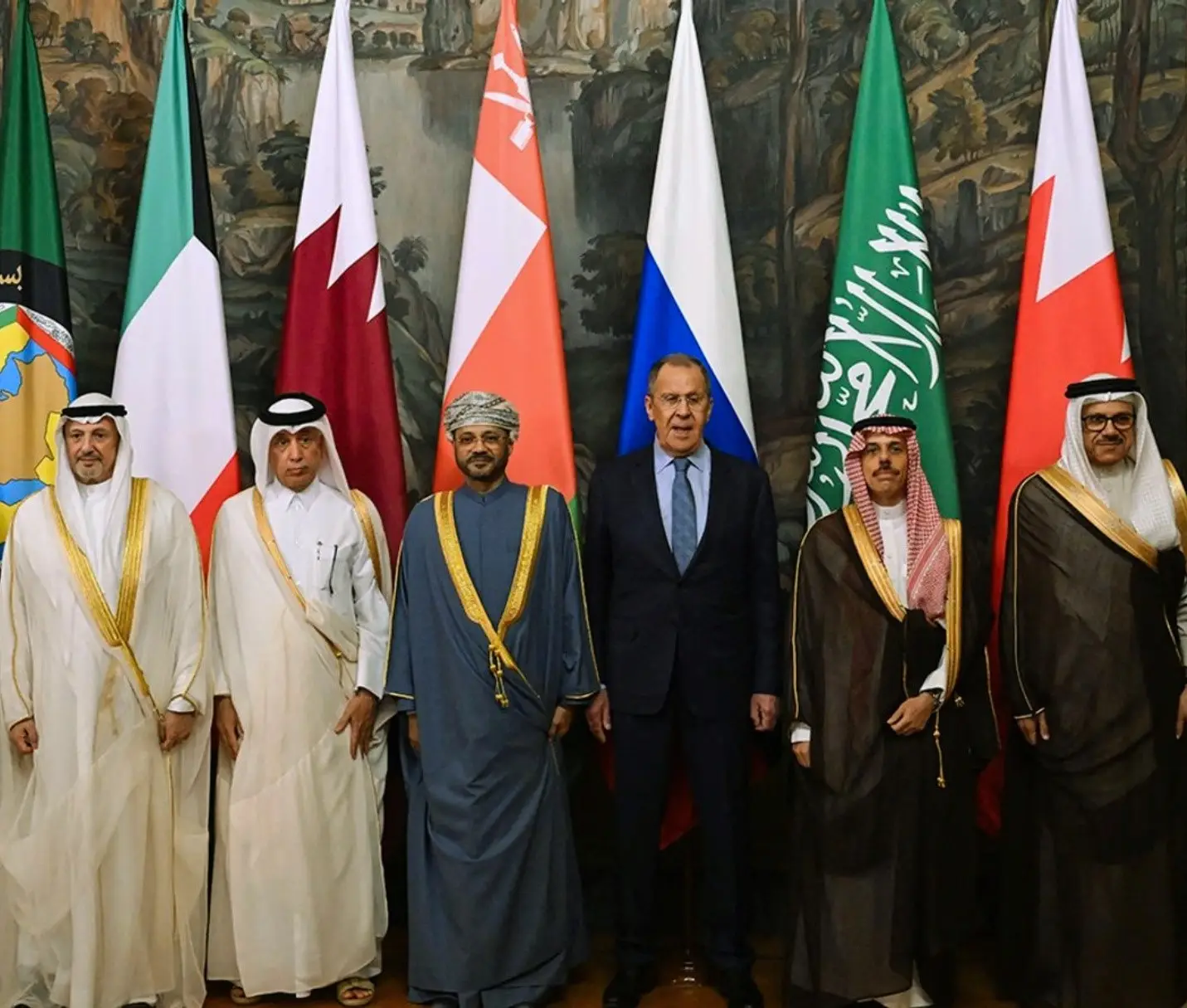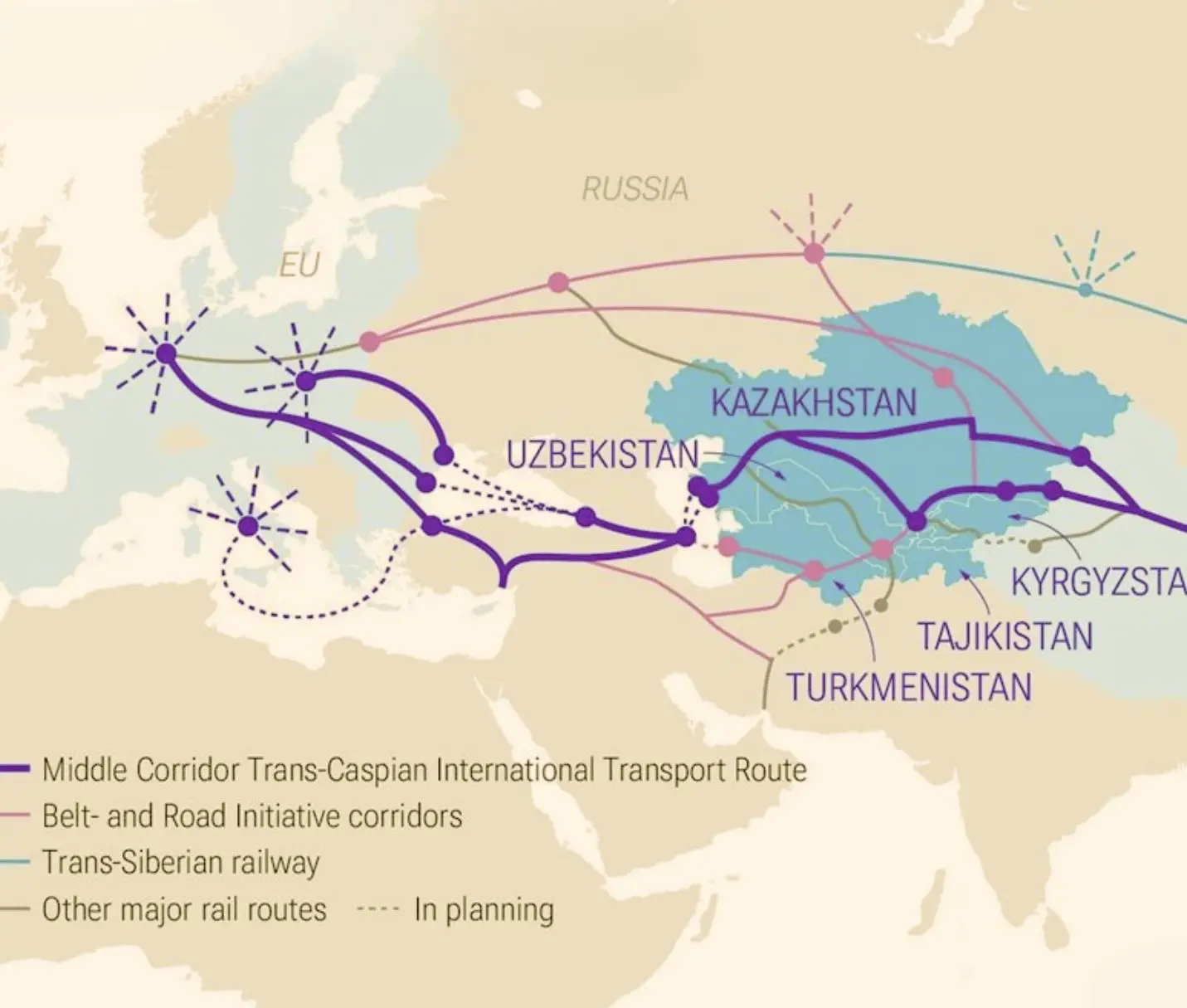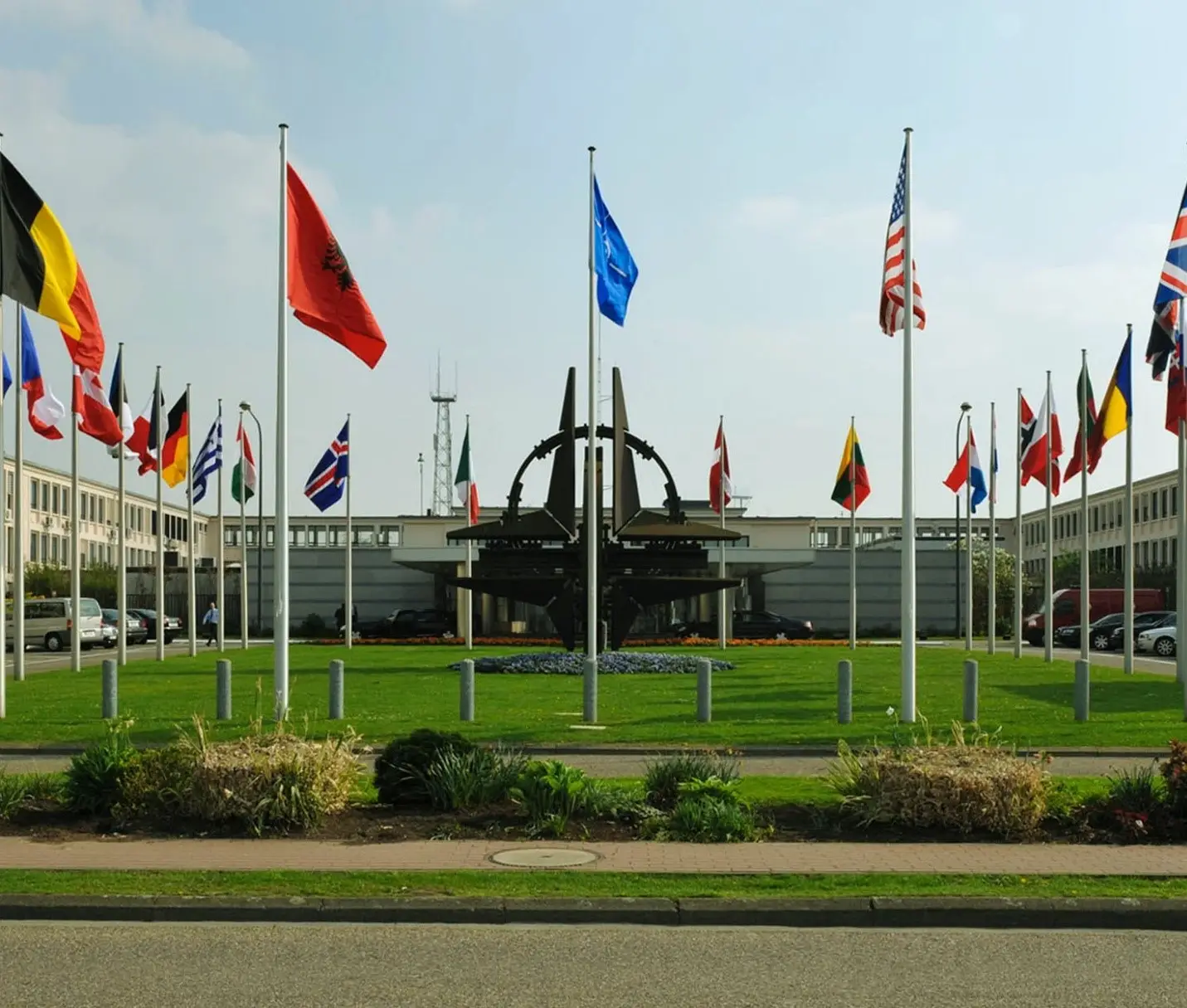The recent conflict between India and Pakistan marked the most significant military escalation between two nuclear-armed neighbors since the 1999 Kargil War. Initiated by a major terrorist attack in Indian-administered Kashmir on April 22, the crisis rapidly evolved into a multi-domain confrontation including precision missile strikes, advanced drone warfare, and coordinated standoff operations. The conflict presented unprecedented operational developments and served as a testing ground for the evolving military doctrines and strategic postures of both states under the nuclear shadow.
On April 22, 2025, attack targeting a civilian site in Pahalgam, killed 26 tourists. The attack questioned Indian efforts to reintegrate the region following the abrogation of Article 370 in 2019. Although attribution to Pakistan-based groups was inconclusive, India’s political leadership, backed by public sentiment and historical precedent, deemed a military response both necessary and imminent. Prior to initiating hostilities, India took diplomatic and economic steps, including placing the Indus Waters Treaty in abeyance, a symbolic yet significant escalation. Pakistan responded by declaring any water diversion a potential act of war. These developments formed the strategic backdrop against which military operations commenced.
Military Escalation and Initial Engagements
India launched coordinated precision strikes against nine sites across Pakistan, five of which were in Pakistan-administered Kashmir and four in Punjab. The use of French-origin SCALP-EG, Russian co-developed BrahMos missiles, and drone-delivered munitions represented a significant operational evolution. Pakistan reported 40 civilian casualties, while India allegedly claimed over 100 fatalities, though independent verification remains elusive. The strikes were politically calibrated, avoiding direct hits on Pakistani military installations, and framed as focused, measured, and non-escalatory by Indian officials.
Pakistan’s Defensive Counterair Success
Within hours, Pakistan conducted a defensive counterair operation that likely resulted in the downing of multiple Indian aircraft. Independent assessments, including those by The Washington Post and Reuters, corroborate evidence of three to four Indian aircraft losses. Debris from advanced platforms such as the Rafale and Mirage-2000 was found in Indian-administered territory. The use of Chinese-origin PL-15 missiles and HQ-9 surface-to-air systems demonstrated Pakistan’s integration of modern Chinese military technology. India’s silence on aircraft losses, coupled with its refusal to confirm or deny, suggests strategic ambiguity. Some analysts argue Indian targeting choices, which prioritized terrorist-linked infrastructure over air defense suppression, may have compromised mission success.
Line of Control Clashes and Ground Combat
Intense skirmishes erupted along the Line of Control (LoC) and resulted in more than 50 fatalities. Though neither side attempted to seize territory, sustained artillery, mortar, and small arms fire accentuated the persistent volatility of Kashmir theater. Civilian casualties mounted on both sides reflecting the enduring humanitarian cost of Indo-Pak hostilities.
Drone Warfare and Retaliatory Strikes
More specifically, May 8 and 9 witnessed drone-centric engagements, with Pakistan launching waves of unmanned aerial vehicles (UAVs) against Indian military installations. India responded with counter-drone operations and conducted retaliatory strikes targeting Pakistani air defense systems. India used Israeli-origin Harpy and Harop loitering munitions, supported by British Banshee decoys to counter the attack by Pakistan. Pakistan used drones, Turkish-origin Songar and Yiha-III UAVs, responding to Indian aggression.
The final night marked the apex of hostilities. India executed a multi-platform strike targeting Pakistan airbases. In response, Pakistan employed Fatah-I and Fatah-II ballistic missiles and Yiha-III kamikaze drones to attack Indian military sites. Rumors of Indian strikes on nuclear-related infrastructure such as Kirana Hills remain unverified and were officially denied. Nonetheless, the symbolic proximity of strikes to Pakistan’s Strategic Plans Division at Chaklala highlighted the risks of inadvertent escalation.
USA Involvement and Ceasefire Diplomacy
On May 9, a shift in U.S. threat assessments led to high-level diplomatic intervention. Vice President J.D. Vance and Secretary of State Marco Rubio engaged both capitals, with the latter playing a pivotal role in negotiating a ceasefire. Phone calls with Pakistani Army Chief Field Marshall Asim Munir and Indian External Affairs Minister S. Jaishankar culminated in DGMO-level talks and mutual agreement to halt hostilities by May 10 evening. United States optimized its position to offer inducements, including potential trade concessions and future diplomatic facilitation. While both India and Pakistan proclaimed victory, the calibrated cessation of violence indicates successful crisis de-escalation facilitated by third-party mediation.
Strategic and Operational Lessons
- Despite intense hostilities, both sides have maintained thresholds below nuclear escalation, employed calibrated force and managed escalation ladders prudently.
- The conflict was marred by pervasive disinformation and extensively emphasized the need for transparency and crisis communication.
- The role of United States’ engagement in the conflict reiterated the importance of external intervention in nuclear dyad stability.
In short, the regional conflict constitutes a watershed in India-Pakistan military dynamics with operational maturity and escalation control of both states under high-stakes conditions. As both nations recalibrate doctrines and defense acquisitions in its aftermath, the strategic lessons from this confrontation will shape the contours of future crises. This episode not only highlights the enduring fragility of South Asian stability but also serves as a case study in the evolving nature of warfare among nuclear-armed adversaries.






